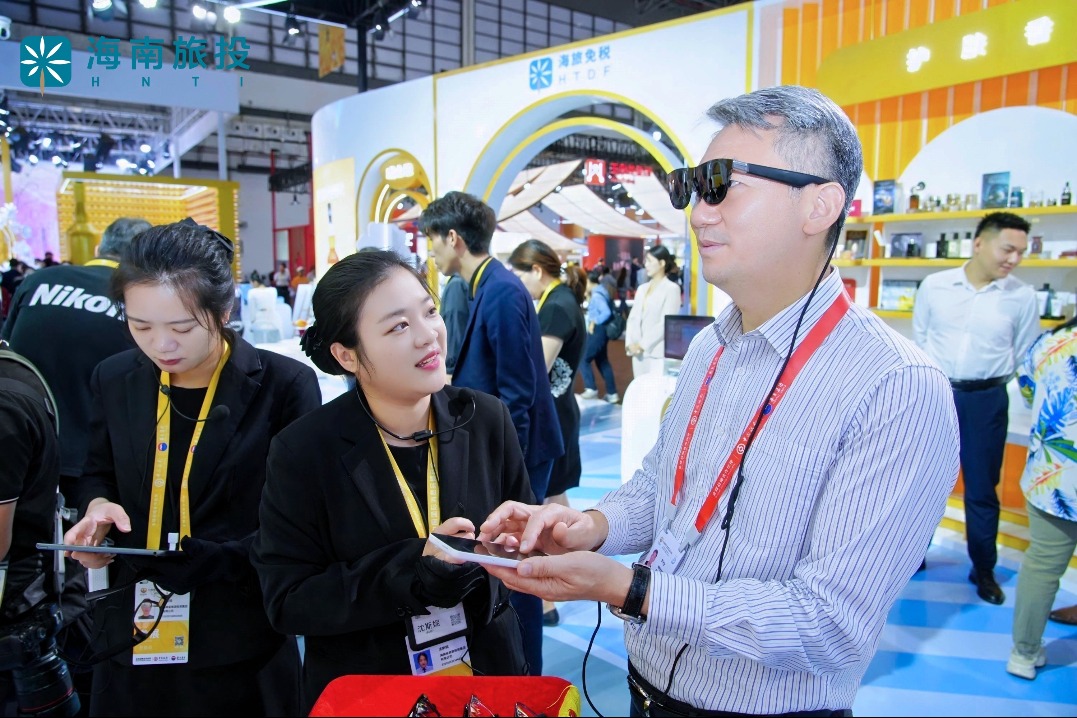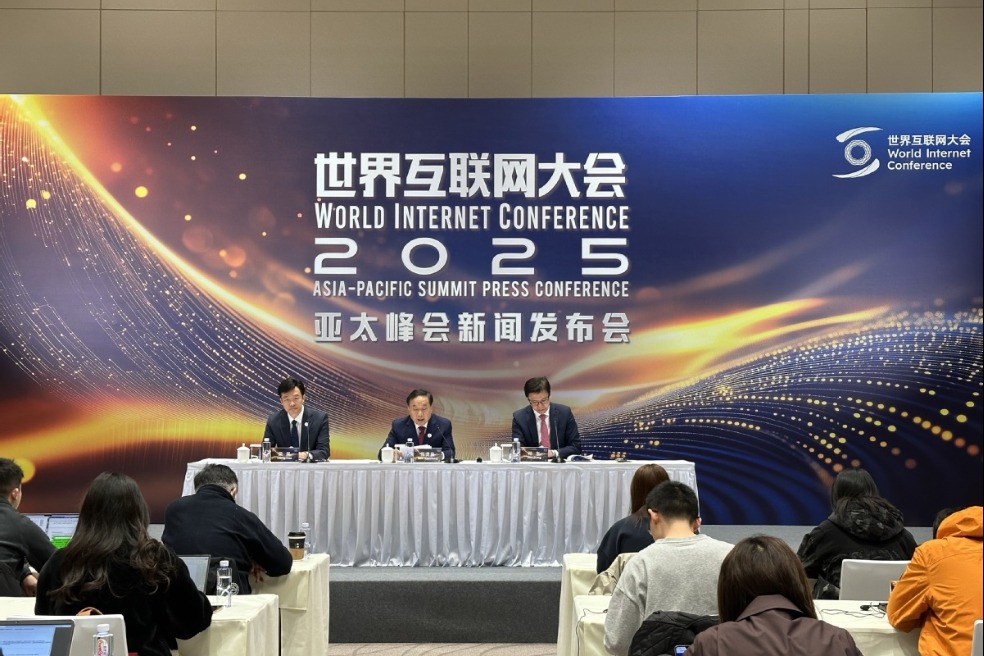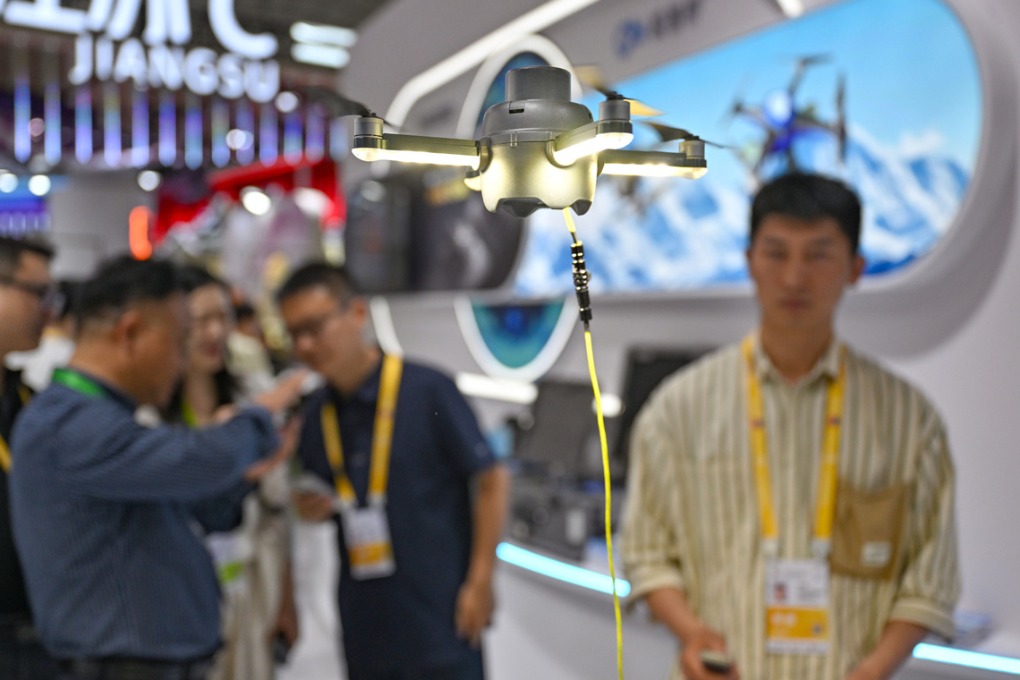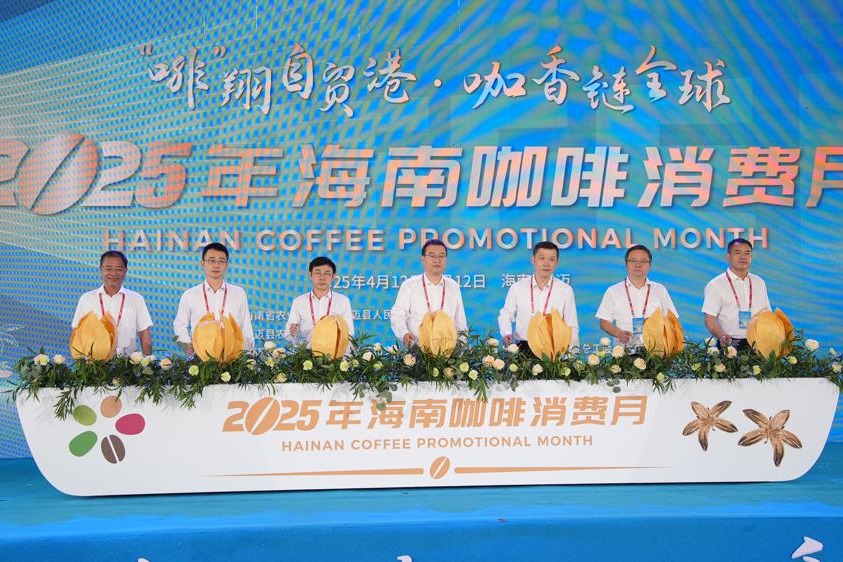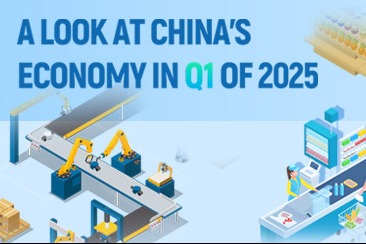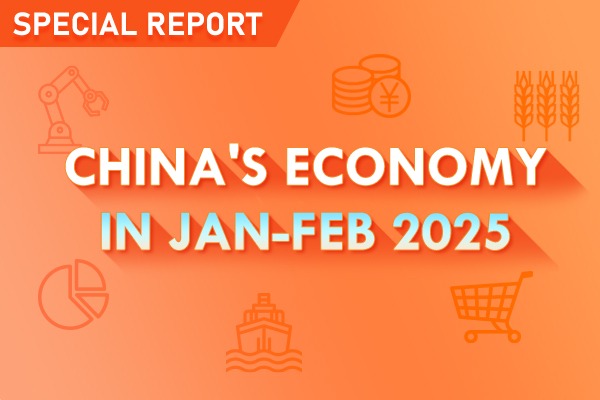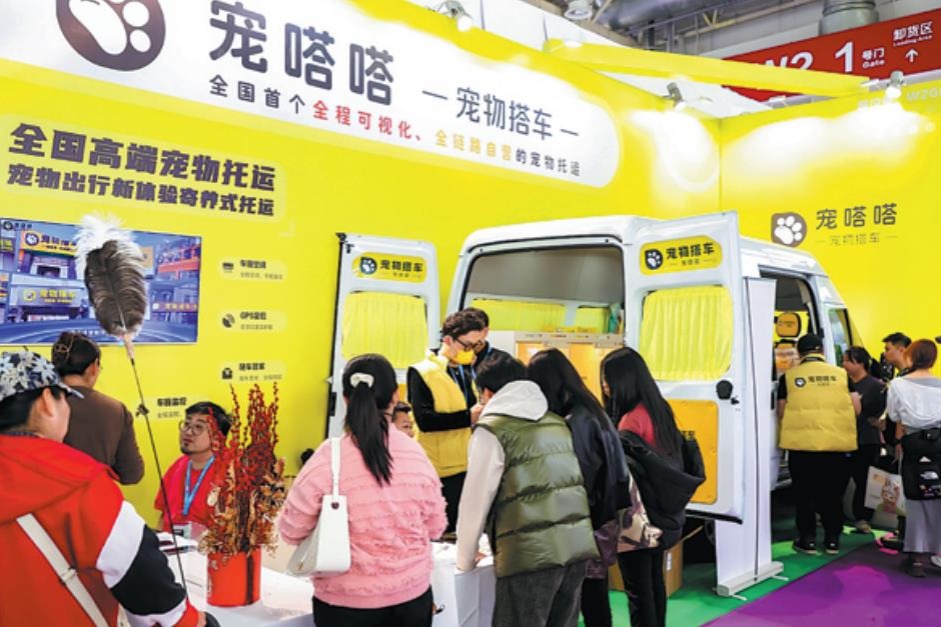Competitiveness highlighted for manufacturers
Efforts in localization, supply chain seen as key for overseas expansion

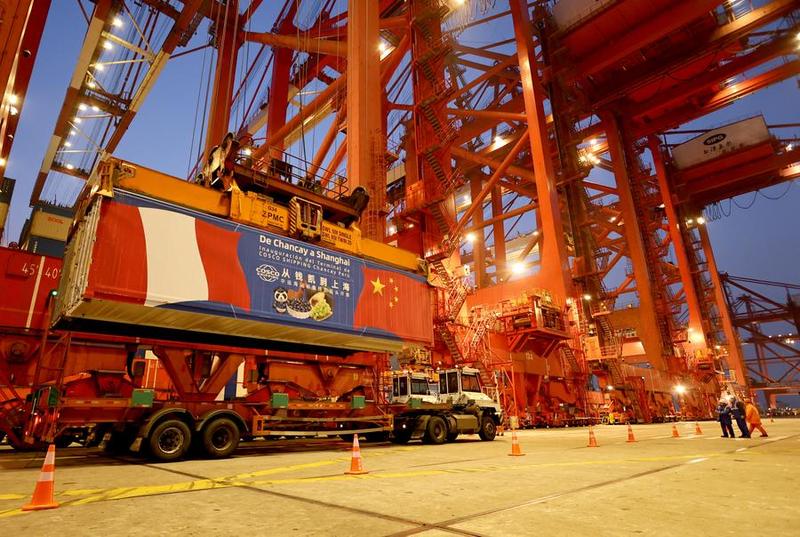
As the global economic and trade landscape continues to evolve, Chinese manufacturing enterprises should step up efforts to adjust production capacities globally, expand presence in emerging markets and bolster technological advancements, to navigate challenges from the volatile tariff policy of the United States, said experts and company executives.
They added that in the face of rising trade protectionism and external uncertainties, more efforts should be made to strengthen local operations by setting up research and development centers and supply chain networks, while improving core competitiveness and better serving demand of local markets.
A report from market consultancy Sigmaintell Consulting said, as this year marks a crucial turning point in the global economic and trade landscape, the diversification of supply chain layout and enterprises' profitability will determine their capacities to buffer against the impact of US tariff increases.
Li Yaqin, general manager of Sigmaintell, said, "If the tariffs are raised across the Asia-Pacific region, global supply chains will speed up restructuring, and the position of Mexico, Brazil, Turkiye and Egypt as new manufacturing hubs is expected to become prominent."
Therefore, it is of significance for Chinese manufacturers to diversify their production capacities in South America and European countries to reduce reliance on a single market and ramp up localization efforts to cope with mounting pressures such as rising trade barriers and supply chain disruptions, Li added.
The US government has exempted a broad range of consumer electronics, including smartphones, computers, laptops, semiconductor devices, memory chips and flat panel displays, from its recently imposed "reciprocal tariffs", according to guidelines released by US Customs and Border Protection last week.
However, the administration of US President Donald Trump is considering new tariffs on semiconductors and launching investigations into imports of computer chips.
Zhou Mi, a researcher at the Beijing-based Chinese Academy of International Trade and Economic Cooperation, said Washington's volatile tariff policy will bring about uncertainties to international trade, and pose severe challenges to the companies in the upstream and downstream of industrial chains.
Zhou said Chinese enterprises should strengthen analysis targeting overseas markets, and continuously adjust and optimize trade structure, such as increasing the technological level of products by leveraging artificial intelligence and other cutting-edge digital technologies to enhance trade efficiency and production flexibility amid increasing external uncertainties and an evolving international landscape.
He also highlighted the importance of improving diversified business layout globally, finding and creating new demand in local markets, and reinforcing cooperation with economies involved in the Belt and Road Initiative.
Industry insiders said bringing back manufacturing to the US is rather difficult given factors such as high labor costs, industrial and supply chain complexities and technological readiness, underscoring China's irreplaceable and pivotal role as the world's manufacturing hub.
Although the US government is attempting to contain the development of China's high-tech manufacturing industry, China is well-positioned to spearhead the global industrial revolution with its ultra-large market scale, complete industrial chain systems and increased innovation capabilities, said He Zhiyi, chief expert at the Institute for Global Industry at Tsinghua University.
He said against a backdrop of restructuring global supply chains, it is essential to build world-class enterprises through boosting self-reliance and strength in scientific and technological innovation to mitigate the negative effects of tariff barriers.
Hisense Group, a leading Chinese home appliance maker, is ramping up localized production and research capabilities in member economies of the Association of Southeast Asian Nations and Latin America, and increasing investment in technological innovation to target high-end markets abroad.
Jia Shaoqian, chairman of Hisense, said the company is speeding up its business footprint in Nigeria, Angola, Egypt, Algeria and Morocco by establishing new production bases and facilities.
Wu Chun, managing partner of Boston Consulting Group Greater China, said the rapid growth of emerging markets, such as the Association of Southeast Asian Nations, India and Africa, brings new opportunities for Chinese enterprises in overseas expansion.

















